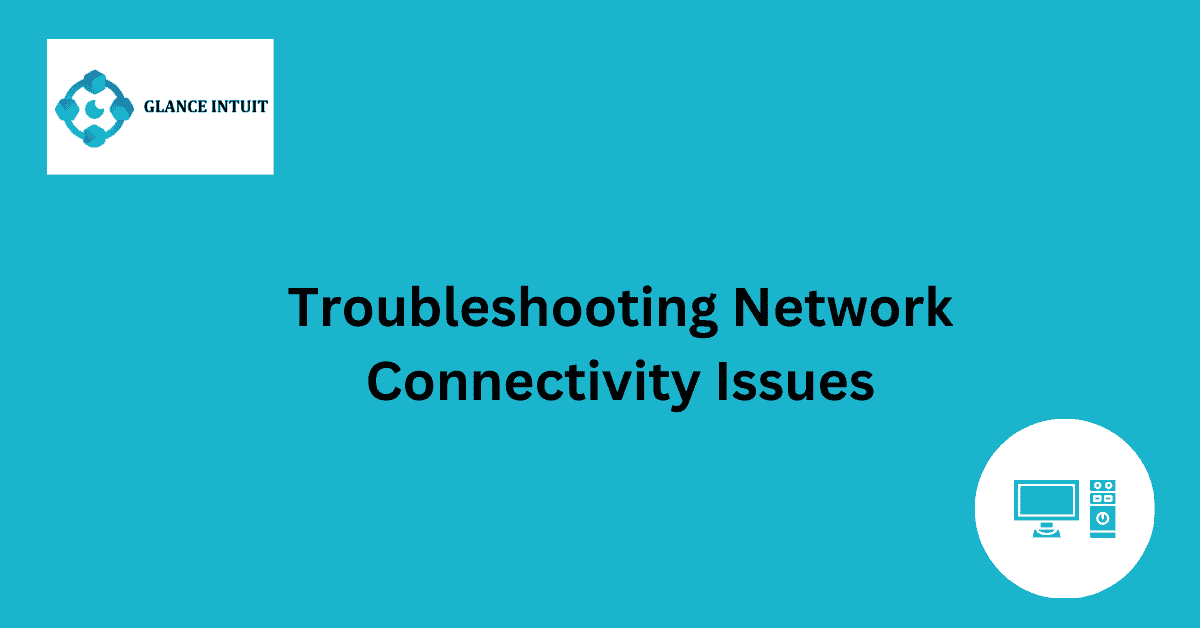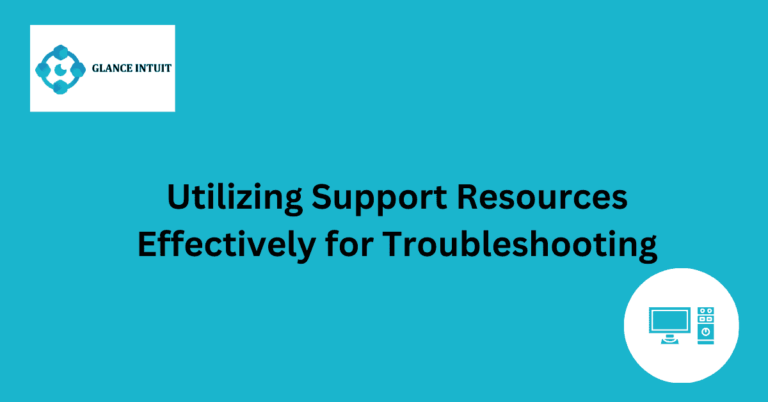Troubleshooting Network Connectivity Issues
Troubleshooting network connectivity issues can be a frustrating experience for many individuals and businesses. From dropped connections to slow internet speeds, these issues can disrupt daily operations and hinder productivity. It is crucial to identify the root cause of these problems to ensure a stable and reliable network.
One common issue that users face is the inability to connect to the internet. This can be caused by a variety of factors, such as a faulty router, incorrect network settings, or issues with the ISP. By systematically troubleshooting each potential cause, users can pinpoint the source of the problem and take the necessary steps to resolve it.
Inability to Connect to the Internet
One common network connectivity issue is the inability to connect to the internet. This can be caused by various factors such as incorrect network settings, problems with the modem or router, or issues with the internet service provider.
Identifying Router Issues
If you are experiencing network connectivity problems, it is important to check your router. Make sure it is powered on, properly connected to the modem, and not overheating. Check for any firmware updates that may be available for your router.
Checking Network Settings
Incorrect network settings can also lead to connectivity issues. Make sure your device is using the correct IP address, subnet mask, and gateway. You can also try resetting your network settings to default and reconnecting to see if that resolves the problem.
Issues with Internet Service Provider
If you have ruled out problems with your router and network settings, the issue may be with your internet service provider. Contact your ISP to check for any outages in your area or to troubleshoot any issues on their end.
Resolving Slow Internet Speeds
Slow internet speeds can be frustrating and can be caused by various factors such as network congestion, distance from the router, or interference from other devices. Try moving closer to the router, reducing the number of connected devices, or using a wired connection to improve speeds.
Testing Network Hardware
To ensure that your network hardware is functioning properly, you can perform a hardware test. Check all cables for any damage, test different ports on your router, and try connecting to the internet using a different device to isolate the issue.
Updating Firmware and Software
Regularly updating the firmware and software of your router and devices can help prevent network connectivity issues. Check for any available updates for your router, modem, and operating system to ensure optimal performance.
Seeking Professional Help
If you have tried troubleshooting network connectivity issues on your own and are still experiencing problems, it may be time to seek professional help. Contact a network specialist or your internet service provider for further assistance in resolving the issue.
Frequently Asked Questions
Our Frequently Asked Questions section aims to provide comprehensive information to enhance your user experience and address any queries you may have regarding troubleshooting network connectivity issues.
How do I troubleshoot network connectivity issues?
When troubleshooting network connectivity issues, start by checking your internet connection, restarting your router, and ensuring all cables are properly connected. You can also try resetting your network settings or contacting your internet service provider for further assistance.
Why is my internet connection slow?
Slow internet connections can be caused by various factors such as network congestion, outdated hardware, or interference from other devices. To improve your internet speed, consider upgrading your router, optimizing your Wi-Fi settings, or running a speed test to identify any issues.
What should I do if I can’t connect to the Wi-Fi network?
If you’re unable to connect to a Wi-Fi network, make sure you’re entering the correct password, checking for any network restrictions, and moving closer to the router to improve signal strength. You can also try resetting your network settings or contacting the network administrator for assistance.
How can I secure my Wi-Fi network?
To secure your Wi-Fi network, enable encryption such as WPA2, change your default network name and password, disable remote access, and regularly update your router’s firmware. Additionally, you can set up a guest network for visitors and use a firewall to protect against unauthorized access.
What are common reasons for network connectivity issues?
Network connectivity issues can be caused by factors such as signal interference, outdated hardware, incorrect network settings, or malware infections. By troubleshooting these issues systematically, you can identify and resolve the root cause of connectivity problems effectively.







